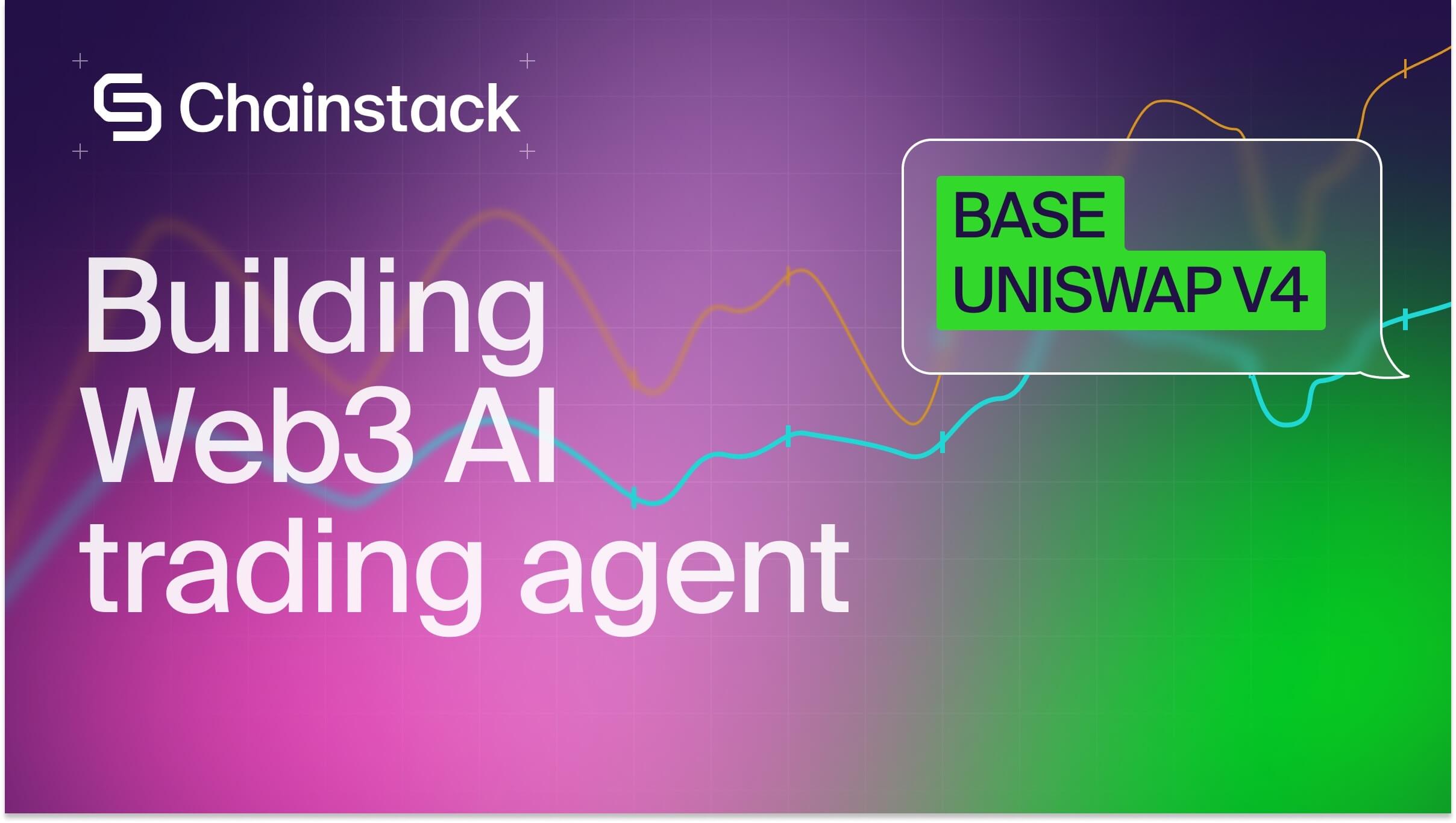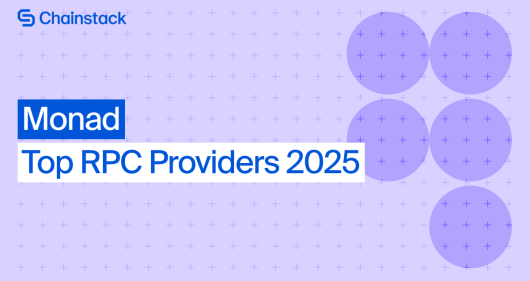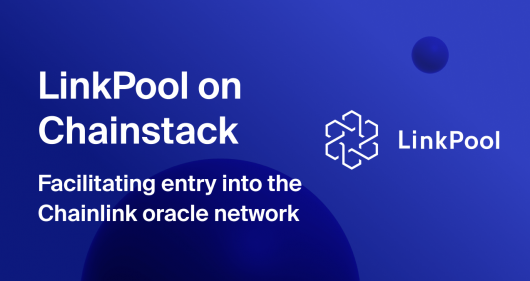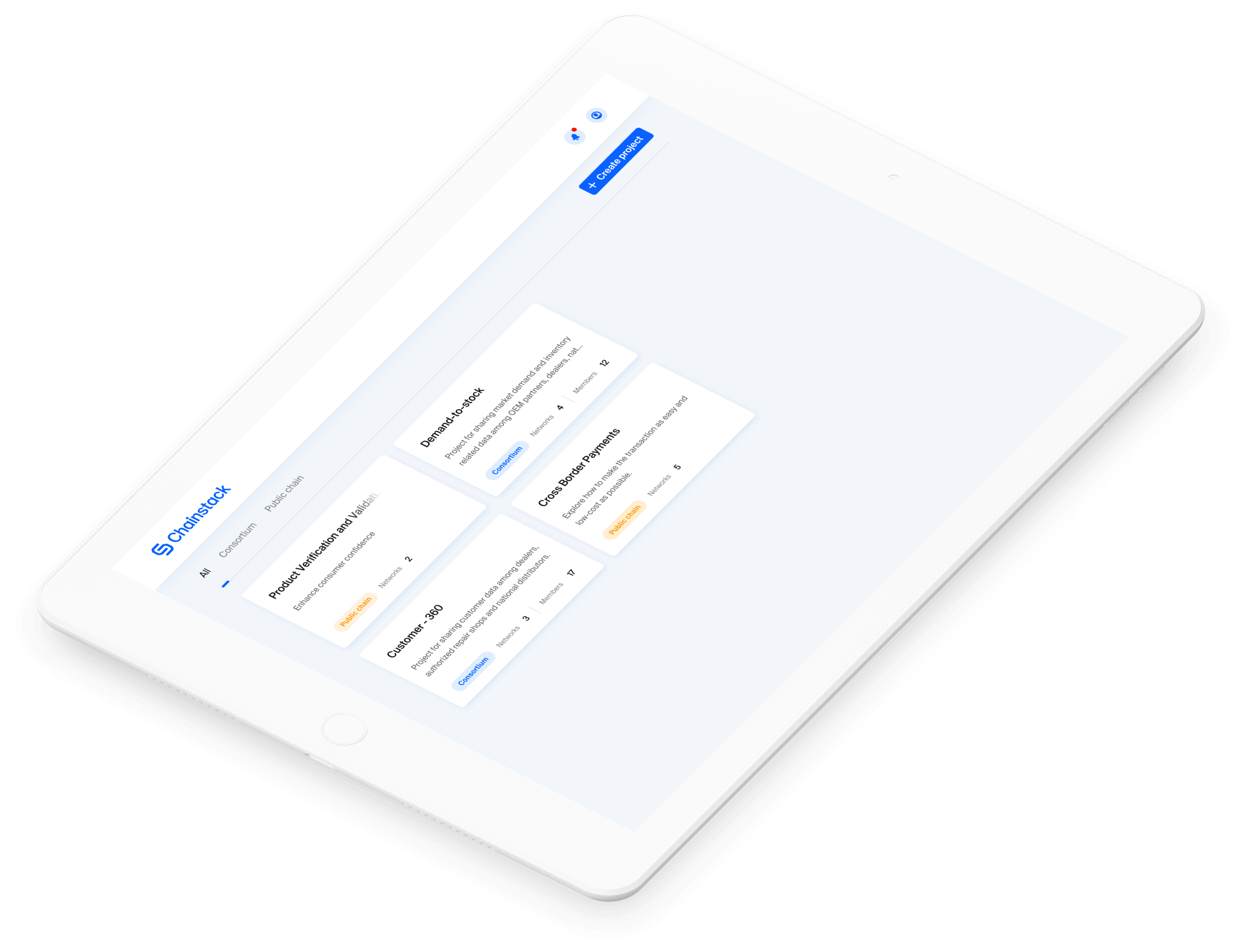How to build a Solana trading bot
On Solana, markets move in milliseconds. New tokens launch, liquidity floods in, and by the time most traders click confirm, the price has already run. This guide shows how to build a basic Solana trading bot in Python using the essentials: a Trader Node for the lowest latency, Geyser gRPC for streaming data, and Warp transactions for faster execution.
Trading on Solana doesn’t reward patience. It rewards whoever gets there first. Blocks move fast, and memecoins can double before the tweet lands. The only players who consistently stay ahead are bots.
Bots operate by directly accessing on-chain data using the Solana JSON RPC API, sending transactions as soon as a condition is met. With Python and the right infrastructure, you can do the same: connect to a low-latency Solana RPC node (or even run your own full RPC node if you prefer managing infrastructure), stream program events with the Geyser plugin, and send Warp transactions that propagate faster than standard flows. In this guide, we’ll show you exactly how to put those pieces together.
Just remember: the result isn’t a plug-and-play money printer. It’s the skeleton every Solana bot needs before you start layering in your strategies, risk controls, and edge.
Why build a Solana trading bot?
On Solana, things don’t wait. Blocks are produced in ~400ms slots, new liquidity pools pop up, tokens launch out of nowhere. No human can manually track that pace. A trading bot fills the gap. It runs your logic as an always-on process and reacts the instant an event hits the chain.
And what you do with it is wide open. Some builders point their bots at fresh liquidity pools so they can move on new tokens as soon as they appear. Others set up simple spread-capture strategies, quoting both sides on a DEX. The more ambitious ones scan across venues, looking for tiny arbitrage windows. The strategies differ, but the principle is the same, automation gives you reaction speed you’ll never match by hand.
And while strategies can get complex, the infrastructure doesn’t have to. At its core, every Solana trading bot needs three things. A fast RPC connection, a live data stream, and a reliable way to send transactions.
What you need for a Solana trading bot
Before wiring up your Solana trading bot, make sure you have:
- Python 3.10+ installed.
- A Solana wallet with some testnet SOL to sign transactions.
- A low-latency RPC like Chainstack Trader Node to reduce queuing and improve time to inclusion.
Set up your environment
To keep things simple, you don’t need to start from scratch. We’ve already open-sourced a Solana trading bot you can use as a reference: Pump.fun / Bonk.fun bot.
This repo includes:
- A working Solana trading bot scaffold.
- Code for connecting to RPCs, listening to events, and sending transactions.
- Examples you can adapt for your own strategies.
Clone the repo and explore the structure to see how a production-ready bot is organized. You can then swap in your own RPC endpoint and trading logic.
Choosing the right Solana RPC node for your trading bot
If your RPC lags:
- You fetch a stale blockhash, and your transaction fails outright.
- You stream delayed slot data, and end up reacting to events that have already settled.
- You hit public Solana RPC rate limits, and your bot goes dark when you need it live.
- You may also miss or drop critical RPC requests, causing your bot to fall behind the market.
That’s why your infrastructure matters as much as your strategy. On a busy Solana cluster, milliseconds decide who wins the trade.
You can also run a Solana node yourself. But keep in mind a proper Solana node requires powerful hardware, large amounts of storage to keep up with ledger growth, and ongoing maintenance. To run a validator, you also need a vote account and a large amount of SOL staked, which makes it out of reach for most builders. Some node operators also configure settings to limit ledger size. Running your own setup can be useful if you’re experimenting or want to learn, but most traders skip this overhead in favor of dedicated nodes or managed services.
Using Chainstack Solana Trader Nodes
This is why most builders use Trader Node. Chainstack Trader endpoints deliver sub-second responses and handle higher RPC methods and requests. They act like top Solana RPC endpoints, tuned for high performance so your bot can keep up with Solana’s 400ms slots without dealing with the overhead that most nodes require.
To get one:
- Log in to the Chainstack console.
- Spin up a Solana Trader Node (you should have a Growth plan or higher).
- Copy the HTTPS endpoint and drop it into your .env as SOLANA_RPC_URL.
👉 Read the docs on Trader nodes for setup details.
How to stream real-time Solana data with the Geyser plugin
A trading bot is only as good as the data it reacts to. If you poll RPCs for account state, you’ll always be a few slots behind and you’ll waste requests. To keep up with Solana’s ~400 ms blocks, you need a streaming feed. That’s what the Geyser plugin gives you: a direct gRPC stream of program logs, account updates, and transaction events as soon as Solana validator nodes see them.
Why stream instead of poll
- Polling = make a request, wait for a response, hope you didn’t miss anything.
- Streaming = open a socket and listen; the validator pushes every event in real time.
For a trading bot, the difference is simple: pollers react to history, streamers react to the present.
Subscribing with Geyser
On Chainstack, you can enable the Geyser plugin on your Solana Trader Node and subscribe to the data you care about. For example, if you track a DEX program for liquidity events, you subscribe once. You then get a push every time an InitializePool or Swap instruction hits the chain.
To get the Yellowstone Geyser plugin:
- Log in to the Chainstack console.
- Go to the Marketplace section
- Select the Geyser plugin and click Install (you should have a Growth plan or higher).
- Choose the suitable pricing option and specify the Trader Node where to activate the add-on.
How to execute fast trades with Warp transactions
Catching the signal is useless if your transaction lands late. On Solana, memecoins can double in a single slot. If your bot waits on a slow propagation path, you’re already out of the trade.
To activate Warp transactions:
- Log in to the Chainstack console.
- Go to the Billing section
- Top-up your balance with a card or crypto
- Enable Pay-as-you-go.
Building a basic buy/sell function
A bot’s core loop usually boils down to: listen → decide → send transaction. Once you’ve got streaming data, you need a simple function to wrap buys and sells.
Check out our Pump.fun / Bonk.fun bot for a full example.
Using Warp transactions for speed
Even with a low-latency RPC, transactions sent over the standard pipeline can get stuck behind network congestion. Warp transactions cut that path short and send your tx straight to the cluster’s block leaders that are validators vote-producing and participating in consensus.
For trading bots, that means:
- Faster inclusion — your transaction is seen earlier in the slot.
- Lower failure rate — less chance of expired blockhashes.
- Better edge — more trades land before the price moves.
Validators focus on securing the network and earning rewards for block production. Traders, on the other hand, care about execution speed — landing transactions fast enough to capture opportunities.
Warp doesn’t change your strategy, it changes the physics of how fast your strategy hits the chain. That’s why most serious Solana trading bots run with Trader RPC + Warp enabled.
The Solana trading bot workflow
At this point you’ve got the parts of a Solana trading bot laid out: a fast RPC connection, a live data stream, and a transaction path that can push trades fast enough to matter.
For a full working example, check out our Pump.fun / Bonk.fun bot.
Wrapping up
You’ve now seen the basic workflow every Solana trading bot relies on: listen to on-chain data in real time, decide when to act, and push transactions through a low-latency RPC so they land ahead of the pack.
If you’re ready to take it further, spin up a Solana Trader Node on Chainstack, you’ll get the speed and reliability your bot needs to compete in sub-second markets.
Further reading
- Get a Solana RPC endpoint on Chainstack and configure a production-ready Solana RPC URL for Devnet or Mainnet.
- Explore how to use the new Solana faucet on Chainstack to grab testnet SOL and experiment with free Solana RPC connections.
- Dive into the Solana developer guide covering accounts, programs, Web3.js, and the Solana JSON RPC API.
- See how we built real-time Solana analytics for Raydium and Bonk.fun using the Yellowstone gRPC Geyser plugin.
FAQ
Yes, but they’re only as good as the infrastructure and strategy behind them. A bot can react faster than humans to on-chain events, but poor RPC latency or badly designed logic means it won’t give you an edge.
The code itself can be free (open source). Your real costs come from running infrastructure (like low-latency RPCs, servers, and monitoring) and funding the wallet you trade with.
Trading bots are legal on Solana and most blockchain networks. But if you deploy one on centralized exchanges, always check their ToS, some explicitly ban automation.
Yes, but only with an actual edge. The skeleton you build here handles speed and automation; profitability depends on your strategy and risk controls.
Many do. A large share of high performance trading in both TradFi and crypto is automated. On the Solana blockchain, bots are common in areas like memecoin launches, arbitrage, and market-making — though they don’t guarantee profitability.
 Ethereum
Ethereum Solana
Solana Hyperliquid
Hyperliquid Base
Base BNB Smart Chain
BNB Smart Chain Monad
Monad Aptos
Aptos TRON
TRON Ronin
Ronin zkSync Era
zkSync Era Sonic
Sonic Polygon
Polygon Unichain
Unichain Gnosis Chain
Gnosis Chain Sui
Sui Avalanche Subnets
Avalanche Subnets Polygon CDK
Polygon CDK Starknet Appchains
Starknet Appchains zkSync Hyperchains
zkSync Hyperchains



























